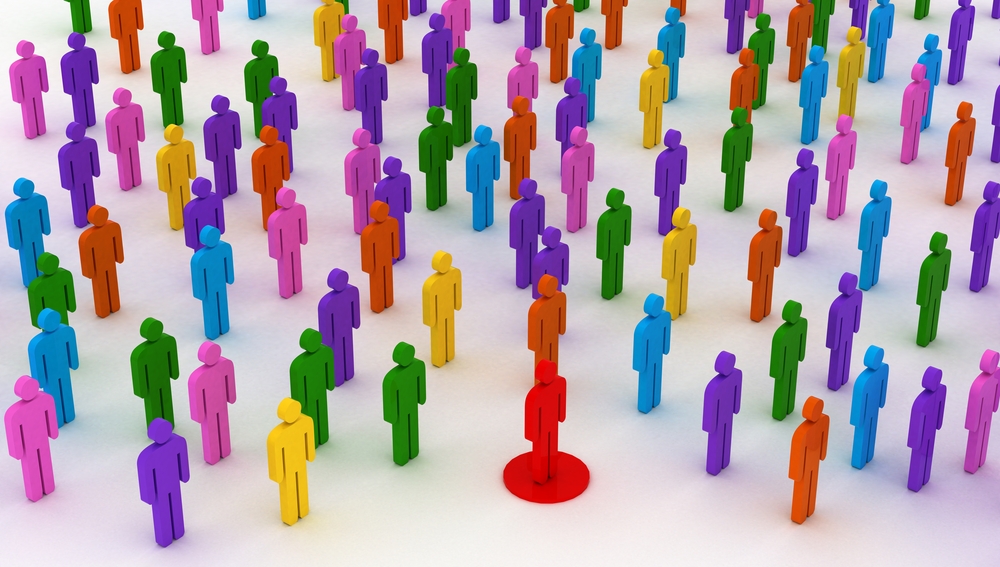For years, the marketing community has touted the benefits of personalization, and a new report from Nielsen shows why this direction is about more than making consumers feel ‘special.’ It’s true that customers want personal attention, and they are often more likely to buy from brands that know what they like as individuals and can consistently deliver experiences that feel exclusive. However, custom content tailored to smaller groups, or even individuals, could become the key to web marketing success in the future as Millennials become the most prominent consumer demographic.
The ‘Me’ Generation becomes the money-making demographic
The Millennial generation, which Nielsen loosely defines as people born between 1977 and 1995, now makes up 24 percent of the American population. They tie with boomers and Generation Z (people born after 1995) for sheer volume, but they are quickly making up the majority of the working class and will soon have the biggest buying power.

Brands that want to be successful must find appropriate and effective ways to reach the Millennial generation, and personalization will be key because this group is also the most diverse.
You can’t reach diverse Millennials with generic content…
The variations span cultural signifiers, as they are the most diverse in terms of ethnicity and race, linguistics, sexual orientation, marital status and lifestyle choices:
- Nearly 20 percent of Millennials are Hispanic, 14 percent are African American and 5 percent are Asian
- They make up 20 percent of same-sex couples
- Just over 20 percent are married
- 38 percent of Hispanic Millennials are bilingual and 31 percent are Spanish-dominant
- 71 percent appreciate the influence of other cultures on their lifestyles
Marketers looking to build relationships with today’s and tomorrow’s working classes must craft messages that speak to people on an individual level. With such diverse backgrounds and lifestyles, sweeping demographic assumptions won’t cut it. Brands need to learn what their customers care about, craft messages that truly speak to those concerns or preferences and then deliver them on the channels they prefer.
… But you can reach them with personalized content
Despite Millennials’ heightened expectations for marketing and advertising, brands should take confidence in the fact that these buyers are online and are consuming more content than ever. A separate Nielsen study, the Digital Consumer Report, found Americans now spend an average of 60 hours a month online reading web content. Brands should be there as Millennials traverse the ‘net researching products or looking for entertainment, serving up the information and stories that will resonate with their customers on a personal level.





